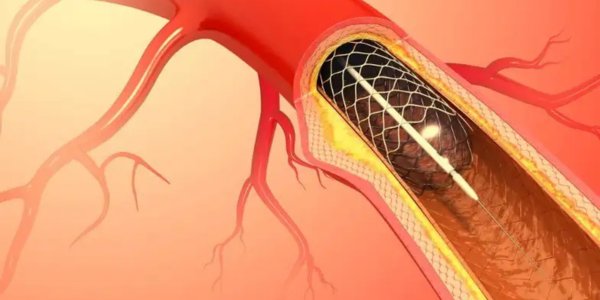Catheterization
Understanding Catheterization
What Catheterization Means in Intimate Contexts
Catheterization refers to the medical or erotic insertion of a thin tube called a catheter into the body, usually through the urethra, to drain or introduce fluids. In medical practice, it’s a routine and necessary procedure. However, within certain BDSM and fetish communities, catheterization has also developed as an extreme form of power exchange and control.
In erotic settings, the act may evoke vulnerability, submission, and complete surrender of bodily autonomy. The person being catheterized gives up control, while the dominant partner handles the process with precision and care. This makes it one of the most intimate and trust-dependent practices in medical or medical-play scenarios.
Safety and Emotional Dynamics
When done safely, catheterization can be both physically and psychologically intense. The sensations are not inherently painful but can be deeply stimulating for those who enjoy medical play. However, it must always involve strict sterilization, consent, and knowledge of anatomy to prevent harm.
Emotionally, it creates a deep sense of dependency and trust. The submissive feels exposed and cared for, while the dominant takes on a nurturing yet controlling role. This duality—clinical precision mixed with emotional tension—makes catheterization unique within the spectrum of fetishes.
Responsible Practice and Aftercare
Anyone exploring this practice should understand its medical implications. Hygiene is non-negotiable. Using sterile catheters, lubrication, and proper technique prevents infection or injury. Aftercare is essential—cleaning the area, hydrating, and offering reassurance all help maintain physical and emotional balance.
FAQ
What is the purpose of a catheterization?
Its main purpose is to help drain urine from the bladder when a person cannot urinate naturally. In medical or fetish contexts, it may also be used to enhance control or restraint.
Is catheterization a major surgery?
No. Catheterization is a minor, non-surgical procedure. It’s usually performed under sterile conditions and takes only a few minutes.
What is the main reason for catheterization?
The primary reason is urinary retention—when the bladder can’t empty on its own due to medical conditions, surgery, or injury.
What do you mean by catheterization?
It means inserting a thin tube called a catheter into the bladder through the urethra to drain urine or introduce fluids. It can be medical or, in some cases, part of erotic medical play.
Which patients need catheterization?
Patients recovering from surgery, with spinal injuries, prostate issues, or certain bladder disorders often require catheterization for relief and monitoring.
How long is recovery after catheterization?
Recovery time is usually short. Most people experience mild discomfort for a few hours. With proper hygiene and rest, normal activity can resume the same day.
















